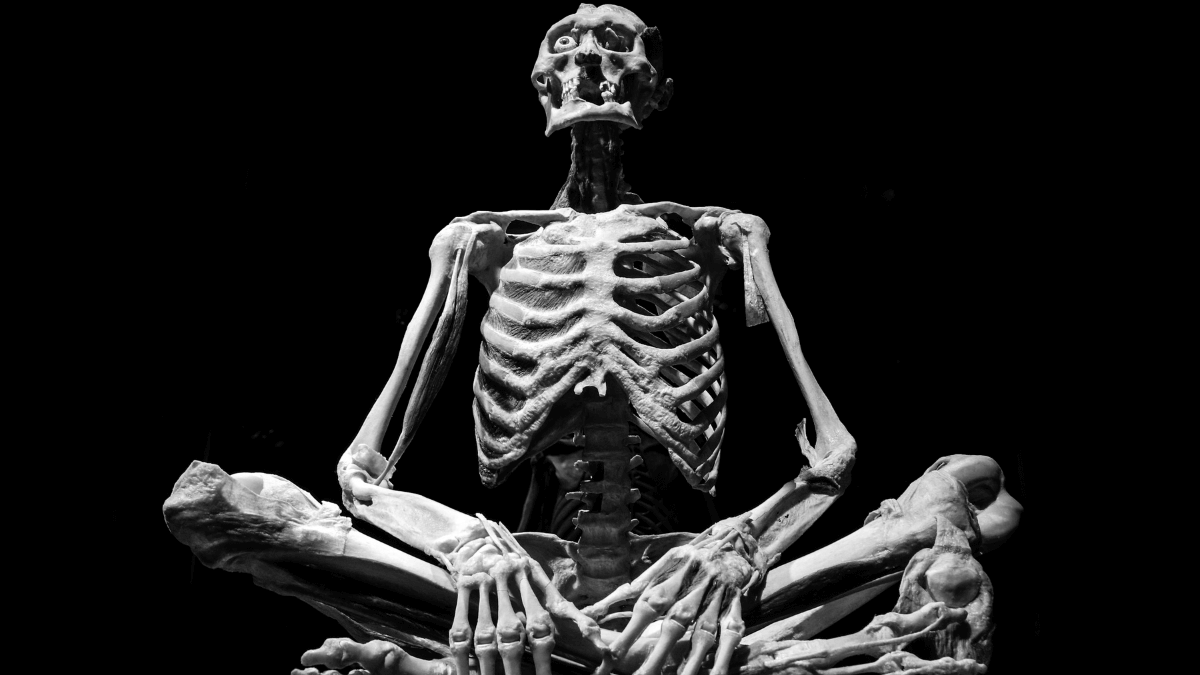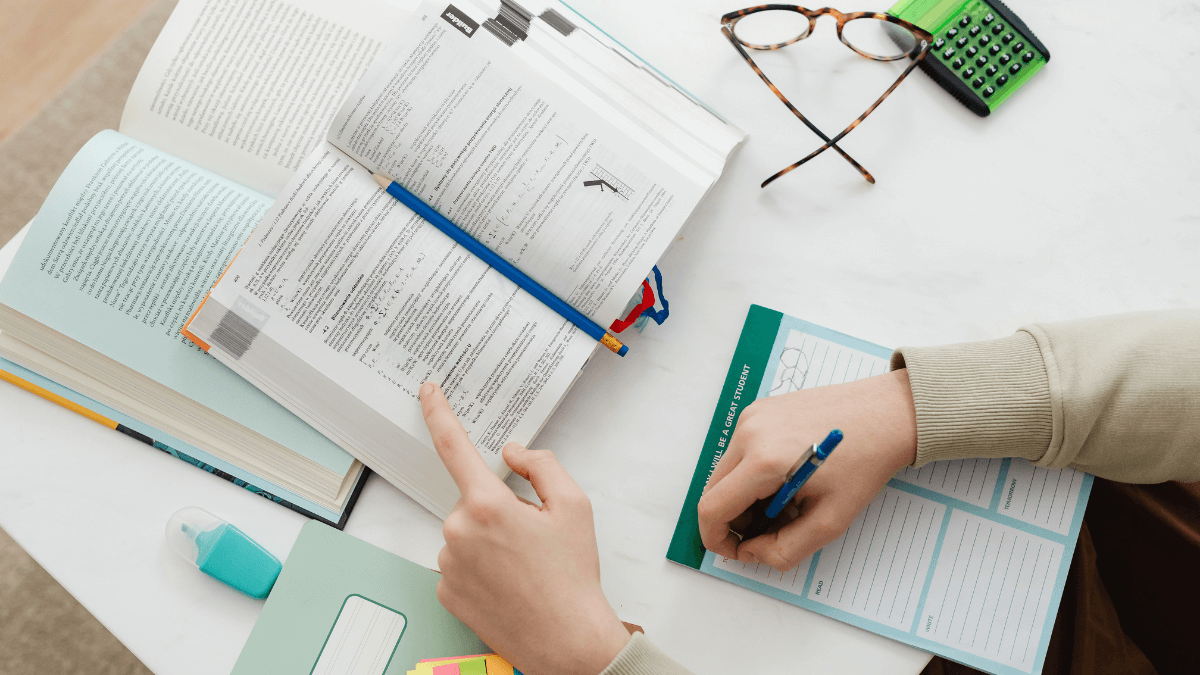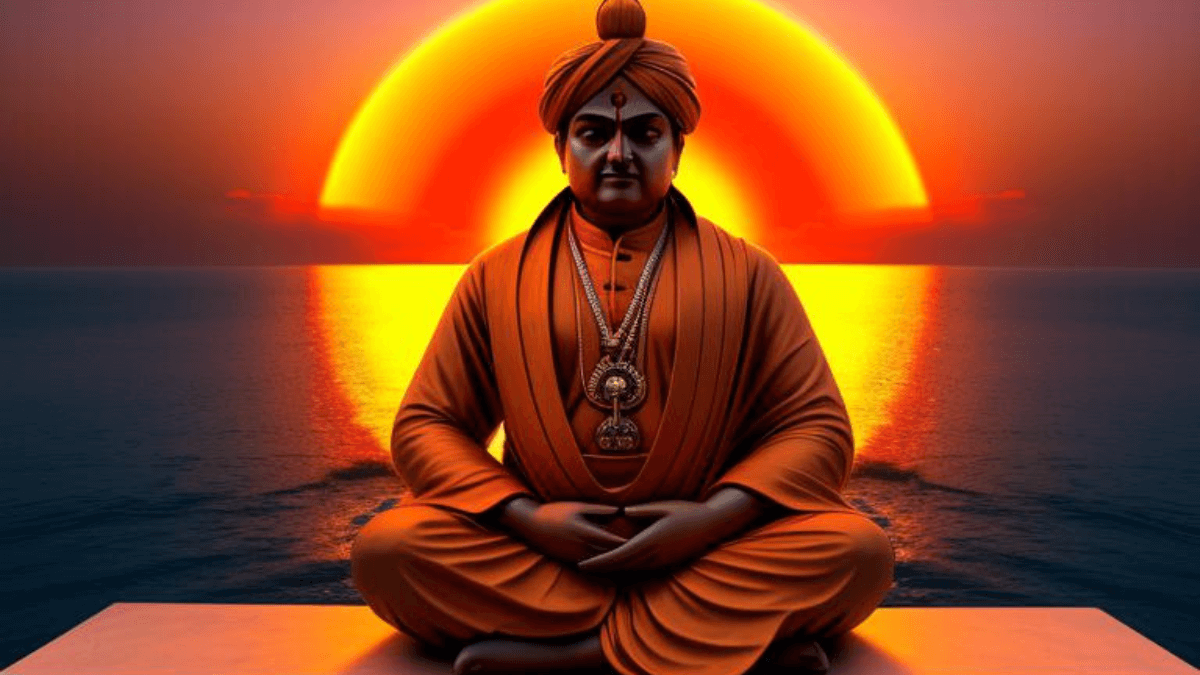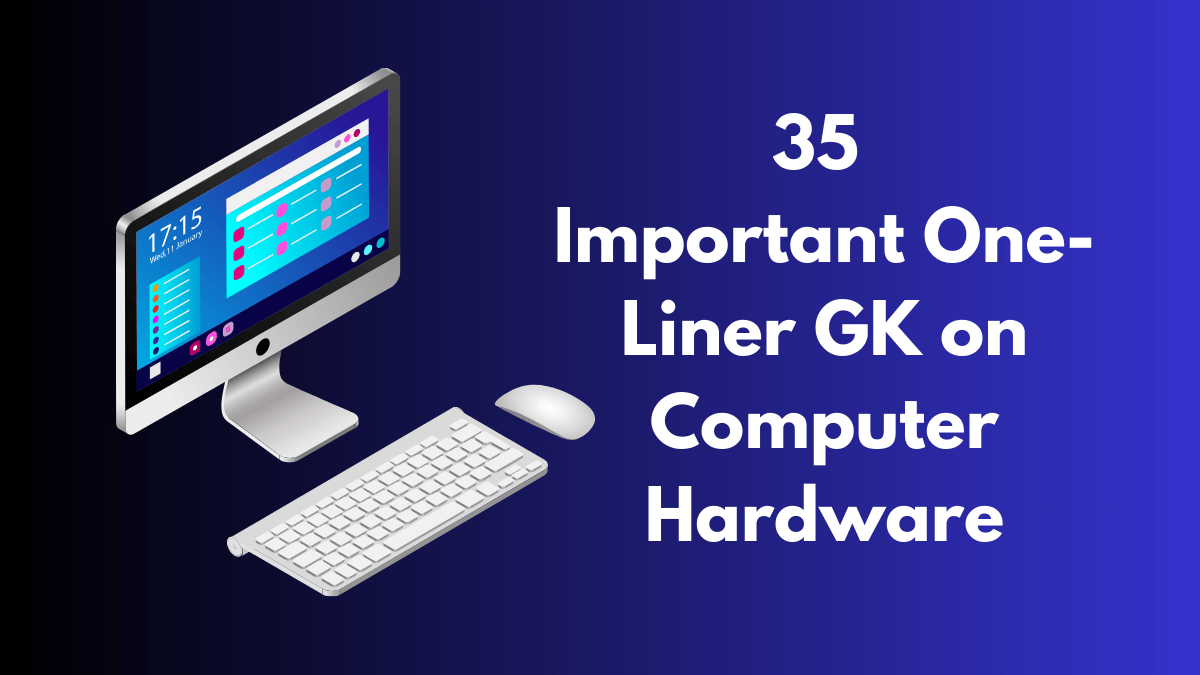Movement in Living Organisms: In this blog, we’ll learn about body movements, organ system, human skeleton system, parts of human skeleton system, muscular systems, joints and movements, fractures and locomotion in animals.
Body Movements
The change in the position of any part of the body with respect to its axis is called movement. All living organisms show movements. We can observe many movements in our body.
For example: (1) our teeth chew and grind the food, (2) the heart beats to circulate the blood to all parts of the body. (3) We see objects around us by moving our eye balls. (4) The chest moves up and down when we breathe.
We can observe the movement in plants also. For example: The leaves of the mimosa plant move (fold up) when we touch by our hand. The flowers of the daisy plant move (close up) at night.
The movement of a body part is necessary for the life process of all the living organisms (plants as well as animals).
Living organisms have the ability to move from one place to another. The movement of the whole body of an organism from one place to another is called locomotion. Plants are mostly fixed to the ground. So they do not show locomotion.
Animals also have the power of locomotion. They show locomotion in the form of walking (in case of human beings), running (in case of horses), swimming (in case of fish) and flying (in case of birds).
Locomotion helps animals to protect themselves from enemies and predators, to find their food and water, to find their suitable places and favorable environment.
Before we discuss the different types of movements in animals, let us see the ‘Organ system’ and ‘Skeletal system’ of our body, which help us to understand in the movement of our body parts and locomotion.
Organ System
A group of organs working together is called an organ system. Our organ system and its organs help the body in carrying out the important functions of life.
The organ system and their organs are given below:
Digestive system: Mouth, food pipe, small intestine, Liver, pancreas, large intestine.
Excretory system: Kidneys, skin, urinary bladder
Respiratory system: Nose, mouth, windpipe, lungs
Muscular system: Muscles
Nervous system: Brain, spinal cord, nerves, sense organ
Circulatory system: Heart, blood vessels
Reproductive system: Ovaries (female), testis (male)
Skeletal system: Bones
Organs may be external or internal. The organs like the stomach, heart, kidneys, intestine are internal organs. Eye, ear, arms, legs, hands and feet are external organs.
Our body is made up of a number of organs. An organ is made up of different kinds of cells and tissues.
Our stomach is an organ, it is made up of different tissues like blood tissue, fat tissue, muscle tissue. Stomach, food pipe and small intestine are all organs. These are organs of digestive system.
An organ performs an specific function. Similarly, our heart is an organ. The heart pumps blood. It is made mostly of muscle tissue with some blood tissue and fat tissue. These tissues work together to allow the heart to pump blood.
Lungs and wind pipe are organs used for breathing. The ears, eyes, nose, tongue, skin are sense organs.
Human Skeletal System
The framework of bones and cartilage which supports the body of an animal or human is called its skeletal system.
The end of each bone is covered by a tough, smooth, shiny, substance called cartilage. The cartilage covered bone ends are kept apart by a thin film of slippery fluid.
Our bones are held together by strong stretchy bands called ligaments. These tissues prevent the bones from being dislocated or from extending beyond their proper range of movement.
Besides helping in movement, the skeletal system performs the following jobs or functions:
- Our skeleton provides framework and holds us upright.
- The bones protect the soft organs of our body. The brain is protected by the skull, the heart and lungs by the thin long bones in our chest called the ribs.
- Though the individual bones are hard, several of them can move at place where they are joined to other bones. That is why we can move our arms, legs, fingers and many other parts of our body.
- Bones are hard from the outside but they are soft and spongy on the inside. The inside of bones contain a soft substance called the bone marrow. Blood cells are made in the bone marrow.
Parts of human skeleton system
The human skeleton consists of four basic parts: the skull, the backbone or spine, the ribs and the limbs.
1. The Skull:
The skull has 22 bones and it has two main parts:
- (a) Cranium – or the brain case and
- (b) Facial bones.
The bones of cranium are held firmly like a zipper. The cranium covers and protects the brain. The facial bones comprises the upper and lower jaws and a few other bones. The lower jaw is movable. The movement of lower jaw enables us to eat, talk and sing.
2. The Backbone (Spine):
The backbone consists of 33 small bones called vertebrae. The vertebrae are joined to each other. The joints allow movement of the vertebrae. This is why we can bend and twist our back.
The backbone is attached to the base of the skull. It forms the central supporting rod for the skeleton. The backbone protects the spinal cord. The backbone is also called the spine or the vertebral column.
Each vertebrae has a hole in it. The delicate organ of our body called the spinal cord which passes through these holes.
3. The Ribs:
The ribs are thin, flat, curved bones that form a protective cage around the organs in the upper part of the body. This is called the rib cage. It consists of 24 bones arranged in 12 pairs.
All of them are joined to the backbone at the back. Most of them are joined to the breastbone in front. The last two pairs that are not joined to the breastbone are called floating ribs.
The rib cage protects the heart and the lungs. It also protects part of the stomach and kidneys.
4. Limbs:
Human have two pairs of limbs: one pair of forelimbs or upper limbs (arms) and the other part of hind limbs or lower limbs (legs).
The bones of arms and legs corresponds closely to each other. The hand comprises the upper arm, fore arm, wrist, palm and fingers. The upper arm has one long and strong bone. In the fore arm, there are two long bones. The wrist is made of several small bones. The palm is composed of five slightly longer bones.
The legs include the thigh, lower leg, ankle, feet and the toes. The thigh bone is the strongest and longest bone in the body. The lower leg is composed of two bones. There is a disc like knee cap or patella in the frontal part of the knee, which protects the knee joint. The ankle is made of several small bones. The foot also have five longer bones.
5. Hip Bone:
The hip bone is formed by the fusion of three bones. The hip bones together with the last two parts of the backbone form a large bony bowl. It is called the pelvis. It is the lowest and strongest part on which we sit on. The thigh bones are attached to the hip bones.
Muscular System
Our muscular system consisting of muscles helps in locomotion and movement. Many bones of the skeleton act as levers. When muscles pull on these levers, they produce movements, such as the breathing, movements of the ribs, the chewing action of the jaws and the flexing of the arms.
Bones cannot move by themselves. Our muscles are attached to the bones, that make them move at the joints.
Muscles are like elastic bands. They are attached to the bones by means of tough bands called tendons. The muscles move the bones by their pull. Muscles cannot push. Therefore to move the bone in one direction at least two sets of muscles are required. For example: the up and down movement of our arm are controlled by two muscles: biceps and triceps.
When we want to raise our arm, the biceps in front contract i.e. they become shorter and fatter to pull up the arm. To lower the arm, the triceps at the back contract and pull it down.
When we run, our legs alternately bend and straight at the knees and ankles. Our thigh and hamstring muscle bend and straighten out knee joint. Our calf and skin muscles bend and straighten our ankle joint.
Joints and Movements
The places where two or more bones are joined together are called joints. The joints are strong enough to withstand jerks. The ends of bones are covered with soft cartilage. It acts as a shock absorber and reduces friction between the bones. They are of three types depending on the types of movement. They are immovable, slightly movable and freely movable.
The bones in the skull (except the lower jaw bone) do not allow any movement. The joints between the ribs and the breast bone allow only a little movement. Most of the joints in the human body are freely movable joints. These are of four main types depending on the type of movement they allow.
1. Ball and Socket Joint:
The shoulder and hip joints allow movement in all directions. In such joints, the end of one of the bones is round like a ball. It fits into a hollow part (or socket) in other bone. The bone that ends in a ball. For example: the femur or the humerous, can move in any direction. Such a joint is called ball and socket joint.
2. Pivot Joint
The neck joint also allows movement in all directions. It allows us to move our head up and down, left and right and also to rotate it. In such joints one of the bones ends in a rounded or conical surface that fits into a dent in the other bone. Such a joint is called a pivot joint.
3. Hinge Joint
The elbow, knee and finger joints allow movement in one plane; i.e. up and down or backward or forward, like the hinge of a door. Such joints are therefore called hinge joints.
4. Gliding Joint
The wrist or ankle joints have flattened ends of bones that can move (or glide) against each other. These joints allow side to side as well as backward and forward movement. The vertebrae also have similar joint that allow a little movement. Such joints are called gliding joints.
Fractures
A fracture is a break in the bone. The break may be of a hair line crack or serious break in one or more points or broken away. Fracture also causes pain and swelling in the area around it. In all these cases, the patient should soon be taken to a doctor or a hospital.
There are many types of fractures but here only five types are given: Simple Fracture, Compound Fracture, Incomplete Fracture, Chip Fracture, Stress Fracture.
In case of fracture, doctors usually ask the patient to get an x-ray or in other words, radiography done. The broken limb is put in front of the x-rays in an x-ray machine and a picture of the inside of the limb is got.
Bones appear white on the x-ray, soft tissue is seen in shades of gray and air appears black. This is oldest and most frequently used method of diagnosing fractures.
Locomotion in Animals
1. Earthworm
An earthworm is an invertebrate. It has a long, tube-like body. It has no bones. Its body shape is maintained by the fluid present inside its body, just like that of a water-filled balloon. This kind of skeleton is called a liquid skeleton.
An earthworm’s body is made up of several parts called segments. Its body secretes a slimy substance to help in the movement. The segments also have tiny, hair-like bristles, which help the earthworm to grip the surface and pull its body forward. It moves by lengthening and shortening these segments.
Have you seen an earthworm crawling? It extends the front part of the body, keeping the rear and fixed to the ground then it fixes the front part and pulls the rear end. Its movement can be compared with that of a spring.
2. Cockroaches
The cockroaches don’t have bones and their body is covered with a hard outer skeleton called exoskeleton. They have a pair of antennae to smell things. They also have three pairs of joined legs and strong muscles to pull these legs. This enables them to walk or run. Their feet have tiny claws that help them climb walls. Though cockroaches have two pairs of wings but they can fly only short distances.
A cockroach can live for up to one week without its head. Its brain is not in its head. It can run upto three miles an hour. It can also hold its breath for upto 40 minutes.
3. Snail
A snail has hard shell on its back that protects it from heat and enemies. Snails have a large, flat foot. The foot produces a slimy substance called mucous which helps them crawl over the surface. The mucous reduces the friction between the foot and the ground surface. The muscles of the foot enable the snails to move forward. A trail of mucous is left behind when the snails crawl.
4. Snakes
Snakes move very fast by crawling on their bellies. Special structured called scales are present on their bodies. The scales help in crawling. Most snakes move in wave-like manner. Their flexible backbones help them in this movement. The body curves like a wave. The wave-like motion pushes the body forward by pressing against the ground. They have many thin muscles connected to each other. The muscles, however, are far from each other. Muscles are also connected to the backbone, ribs and skin.
5. Fish
Most fish have a streamlined shaped body, the head and the tail are narrow; the middle portion of the body is broader. This kind of shape offers least resistance to the flow of water and makes it easier for them to swim through water.
Aeroplane, ships and boats also have streamlined shapes to reduce resistance to the flow of air/water.
Fish are vertebrates. All vertebrates have an internal skeleton made up of bones; a tough, elastic substance called cartilage.
Fish have fins and a flexible backbone that help them in swimming. Most fish have a special structure called swim bladder that can be filled with air or emptied to help them to move up and down in water.
6. Birds
Most birds are capable of flying. Birds can also walk, run or hop on the ground. Some birds such as swans and ducks can even swim in water.
Birds have streamlined bodies, which make it easier for them to move through air. Their bones are hollow, which make them light weight. They have wings, which have special feathers for helping in flight. They have powerful chest muscles, which help them in flapping their wings during flight.
The fastest running bird is ostrich but it cannot fly.






